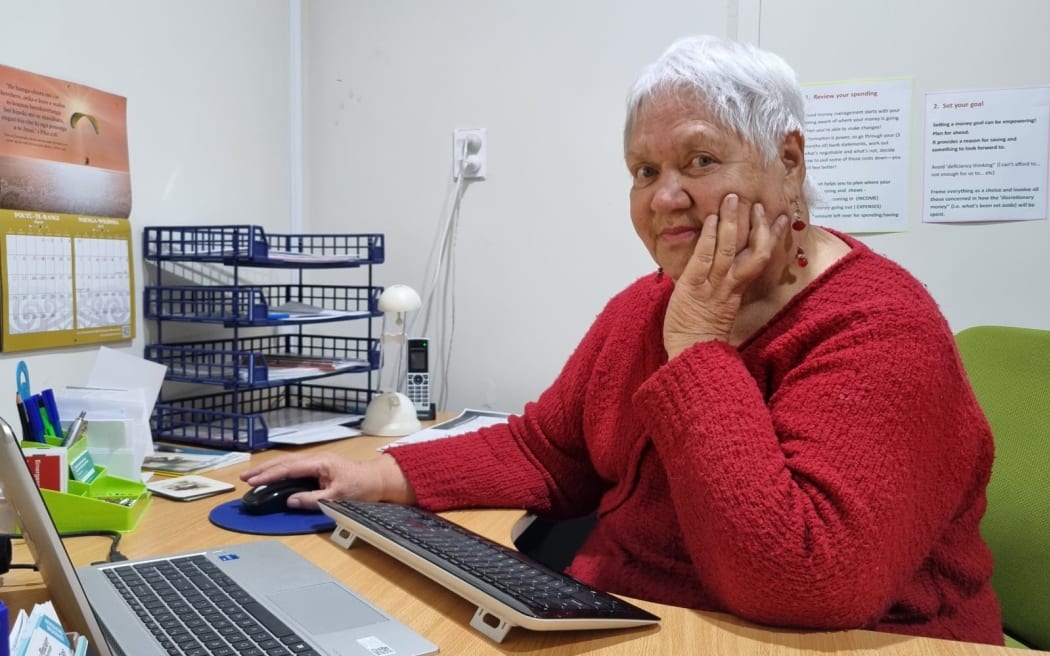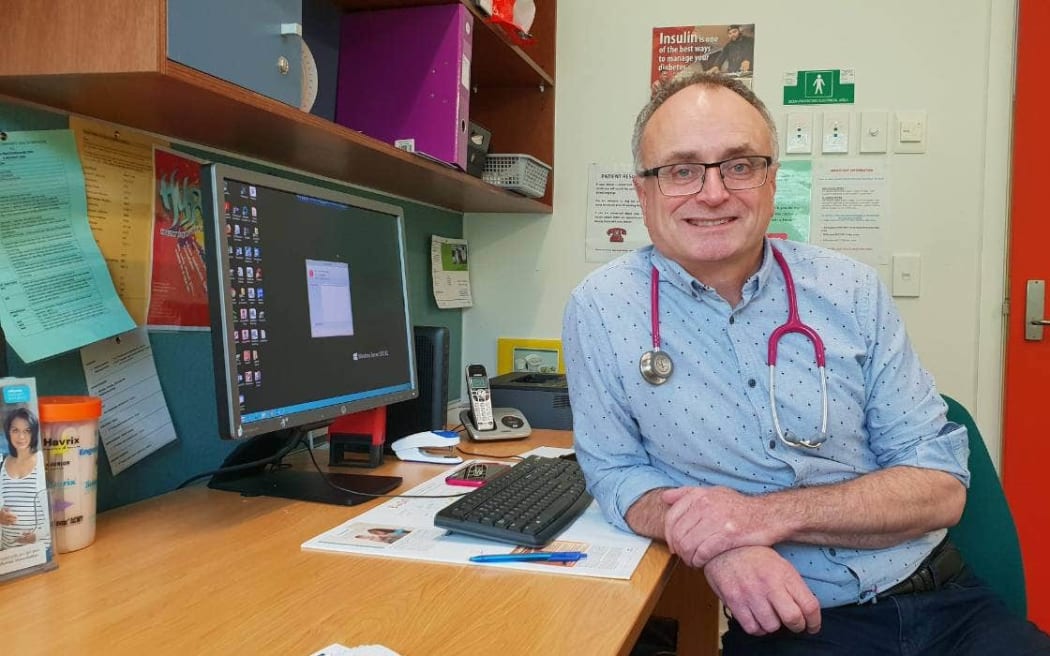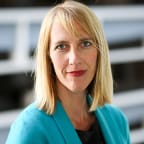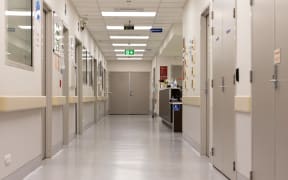
Photo:
The "accountability-free" funding for general practice is fuelling the decline in GP work hours and the significant decrease in the GP-to-population ratio, according to a new report.
Professor Des Gorman - who co-authored the report Lifeline for Health: Meeting New Zealand's Need for General Practitioners - said the country needed to train more GPs urgently and incentivise the existing workforce to do more hours.
"Forty years ago we had almost 45 percent of the medical workforce working as GPs, it's now down to 20 percent.
"When you add to that, they're working a day a week less, when you add to that the fact that the community is ageing... We need to add 300 GPs to the workforce every year for the next decade, just to stand still."
Primary health organisations and their general practices are paid according to the number of people enrolled - not the number of times they see them.
That varies from $470 a year for a preschooler to $509 for a pensioner with high health needs.
That is on top of extra cash for specific services, like vaccinations, and fees charged to patients.
Professor Gorman, who headed Health Workforce New Zealand until 2018, said that model was flawed.
"Human behaviour predictably will be to enrol as many people as possible who will never come in and see you, and to make yourself unavailable.
"And in terms of fee-for-service, human behaviour dictates that you will want to decrease the contact times to increase the through-put. And again, that's totally undesirable as well."
GP clinics should instead be encouraged to deliver specific outcomes for their communities, he said.
He and his co-author Dr Murray Horn - the former head of the National Health Board - looked at one example in Brisbane, where local hospitals were stretched to capacity with "ambulances ramped up around the block".
General practices were incentivised to extend their hours and take on more acute work by becoming "Platinum practices".
They can order CT, PET CT, and MRI scans (not within the usual purview of GPs) and place their patients directly on hospital waiting lists for surgery without those patients having to be referred to specialists.
"That's been an incredible success. These clinics do get more funding, but the biggest motivator has been the increase in prestige, which is also recognised by patients."
Other recommendations include:
- setting up a crisis response to maintain and enhance GP services
- establishing a time-limited and explicitly tasked working party to develop ways to encourage GPs to delay retirement or do longer hours
- ramping up international recruitment efforts and help with meeting English language or registration requirements for overseas-trained doctors
- establishing a contestable pot of "extra-capitated funding" to target communities missing out on health care
- increasing the medical student caps at Auckland and Otago universities to 600 enrolments per year
- introducing a "community-embedded" four-year Doctor of Medicine degree with 200 students per year.
- ensuring every medical student and graduate has a career pathway in New Zealand.
Read the full report:
Health Ministry data showed showed one in three practices nationwide (347) had closed books last year - a four-fold increase since 2019.

Lyn Hughes says people in Kawerau are waiting up to six weeks to see their doctor. Photo: Tom Taylor / RNZ
Kawerau Grey Power secretary Lyn Hughes said locals were waiting up to six weeks to see a GP if their problem was deemed "non-urgent".
Her husband's doctor is based in Ōpōtiki, over an hour's drive away.
"He had a phone consultation because she wasn't available one time and it was a doctor from Hastings. How on earth can you figure out what this patient is like? You don't even know them and you're 300km away."
Porirua GP Bryan Betty - chair of General Practice New Zealand - said workforce shortages in primary health (both of doctors and nurses) were hurting patients.
The funding regime was "not fit-for-purpose", he agreed.
"I think capitation per se is a very good model. It's what goes into the capitation model that's missing. We have a model that focuses on age predominantly, and not deprivation, co-morbidity and the other factors that really impact on health."

Dr Bryan Betty says the funding regime is not fit for purpose. Photo: Supplied
College of GPs president Samantha Murton said family doctors were working harder than ever.
However, there were very few health problems that could be fixed within a 15 minute appointment.
For every six hours of face-time with patients, GPs typically did another two hours of work, she said.
"We have gone from seeing people two or two and a half times a year to (as people have aged) seeing them four or five times a year.
"So the ability to see as many patients is lower or you're doing a lot of extra hours."
There were many clinics running innovative programmes at their own expense to keep their patients healthy and out of hospital, she said.
Her central Wellington health centre runs fitness programmes, gives out food parcels and employs a social worker, even organising curtains and insulation for patients' homes.
"It's all very well to put the burden on us and say we're not doing our job well enough, but actually we're hampered in our ability to do our jobs in a better way because of the lack of options to refer our patients or get them the help they need.
"I can talk to my patient about the need to eat more healthily, but if they can't afford healthy food, there's little point."






